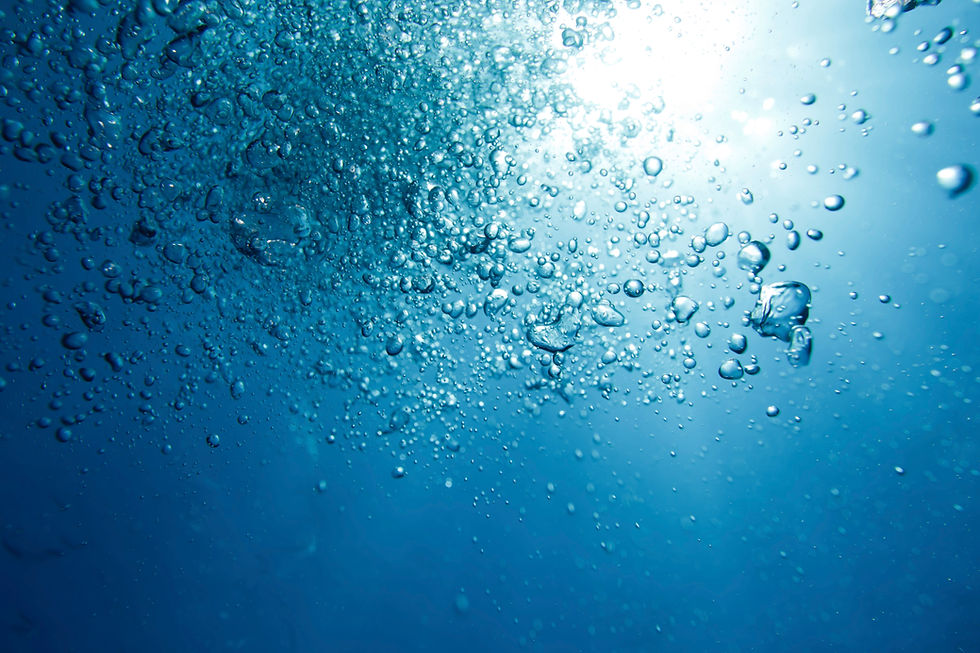The Physiology of Contrast Therapy: What’s Really Happening in Your Body
- Rebecca Nolan Harris, PhD

- Jun 4
- 3 min read
Contrast therapy—alternating between hot and cold temperatures—is more than a wellness trend. It’s a time-tested technique that taps into your body’s innate systems for recovery, circulation, and resilience. But what’s really happening under the skin when you move from an infrared sauna to an ice plunge?
Let’s take a closer look at the science behind the “ahhh.”

🌡️ How Contrast Therapy Works: A Vascular Workout
Contrast therapy creates a thermal stress cycle in your body by exposing you to alternating heat and cold.
Heat exposure (like an infrared sauna) causes vasodilation—your blood vessels expand. This increases circulation, delivering oxygen-rich blood and nutrients to your muscles and tissues.
Cold exposure (like a cold plunge or cryo-shower) causes vasoconstriction—your blood vessels narrow. This reduces inflammation, slows nerve conduction, and helps manage pain.
When you move between hot and cold, your vascular system gets a workout. This “pumping” action improves overall blood flow, helping your body flush out waste products like lactic acid and bring in fresh nutrients to damaged or sore areas.
Think of it like internal cardio—for your circulatory and lymphatic systems.
🔄 Sympathetic Reset: Your Nervous System Loves It Too
We live in a high-stress world, where our sympathetic nervous system (“fight or flight”) often stays activated too long. Alternating hot and cold exposures helps stimulate your parasympathetic nervous system (“rest and digest”).
Heat helps you relax, promoting endorphin release and easing tension.
Cold challenges your body briefly, forcing a focused, mindful breath response that strengthens your ability to handle stress.
With regular contrast therapy, many clients report better sleep, improved mood, and less mental fog. It's a physiological recalibration.
❄️🔥 Benefits Backed by Science
Here’s what studies and clinical observations show about contrast therapy:
Reduces Muscle Soreness & Inflammation: Contrast water therapy has been shown to reduce delayed-onset muscle soreness (DOMS) after intense exercise by up to 20-30% .
Enhances Circulation: Repeated vasodilation and vasoconstriction supports vascular elasticity and cardiovascular health.
Improves Recovery Time: Athletes use contrast therapy to bounce back faster after games, training sessions, or injuries.
Boosts Immune Function: Cold exposure triggers white blood cell activity, while heat promotes detoxification.
Increases Mental Toughness: That mental “pause” before entering the cold? It builds resilience over time.
🧬 Cellular Stress and Hormetic Response
This is where it gets even cooler (pun intended).
Both heat and cold create mild stress at the cellular level, which triggers your body’s natural defense systems. This is called a hormetic response—a little bit of stress that makes you stronger.
Heat stress upregulates proteins that protect against oxidative damage and improve mitochondrial function.
Cold stress boosts norepinephrine and reduces inflammation markers like TNF-alpha.
The result? Enhanced energy, lower systemic inflammation, and improved cellular health.
🔁 How We Structure Contrast Therapy at Kairos
In our Contrast Therapy Room, we use:
Infrared Sauna (20 mins) to gently elevate core temperature and loosen muscles
Cold Plunge (2–5 mins) to stimulate circulation and reduce inflammation
Guided protocols for both beginners and experienced users to safely experience the full benefits
For Experience Contrast Therapy: We recommend cycling between hot and cold 2 to 3 times per session for optimal results. Experienced Contrast Therapy Session is 60-Minutes. The Infrared Sauna is one for the full 60-minutes and you can decide how many plunge cycles you want to do during your session.
💡 Final Thoughts: It’s Not Just a Trend—It’s Biology
Contrast therapy isn’t just about feeling refreshed (though you will). It’s about unlocking ancient biological mechanisms that improve your recovery, performance, and well-being. Whether you’re a high-performing athlete or a stressed-out professional, this practice helps your body do what it was designed to do: adapt, restore, and thrive.
Book your Contrast Therapy experience today and feel the power of smart stress.📍 Visit us at 2800 E. 10th St, Suite 102, Greenville, NC📲 Call 252-298-7749 or book online now
📚 Scientific References
Vaile JM, Gill ND, Blazevich AJ. The effect of contrast water therapy on symptoms of delayed onset muscle soreness. J Strength Cond Res. 2007;21(3):697-702. doi:10.1519/R-19355.1. PubMed
Bieuzen F, Bleakley CM, Costello JT. Contrast water therapy and exercise induced muscle damage: a systematic review and meta-analysis. PLoS One. 2013;8(4):e62356. doi:10.1371/journal.pone.0062356. PubMed
Higgins TR, Greene DA, Baker MK. Effects of Cold Water Immersion and Contrast Water Therapy for Recovery From Team Sport: A Systematic Review and Meta-analysis. J Strength Cond Res. 2017;31(5):1443-1460. doi:10.1519/JSC.0000000000001559. PubMed
Versey NG, Halson SL, Dawson BT. Water immersion recovery for athletes: effect on exercise performance and practical recommendations. Sports Med. 2013;43(11):1101-1130. doi:10.1007/s40279-013-0063-8. PubMed
Trybulski R, Żebrowska A, Bichowska-Pawęska M, et al. The Effects of Combined Contrast Heat Cold Pressure Therapy on Post-Exercise Muscle Recovery in MMA Fighters: A Randomized Controlled Trial. J Hum Kinet. 2024;94:127-146. doi:10.5114/jhk/190220. PubMed




Comments